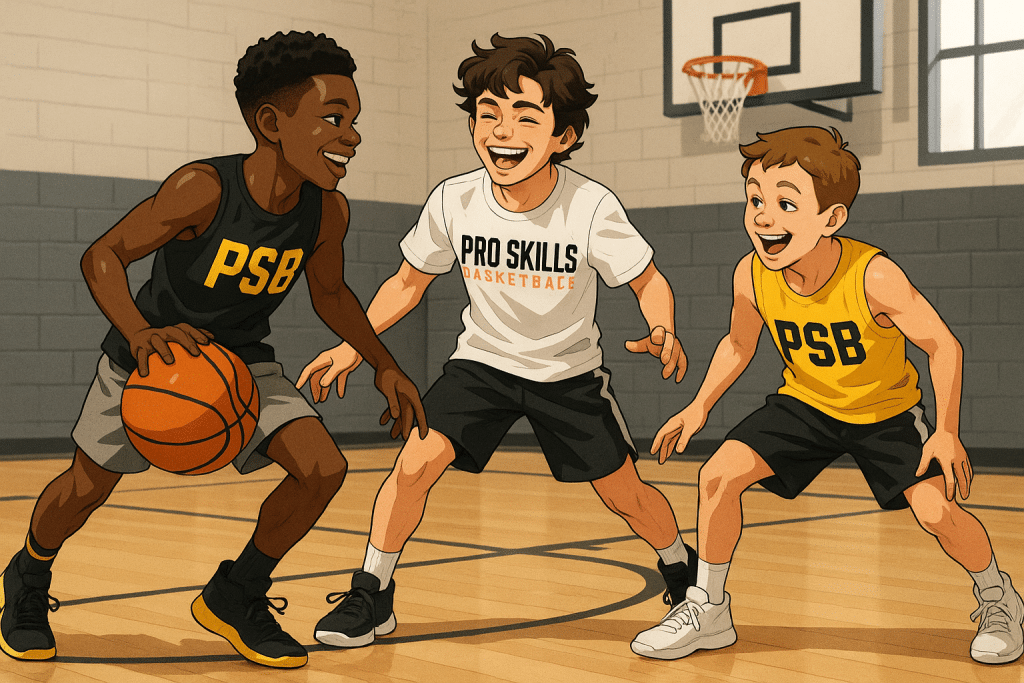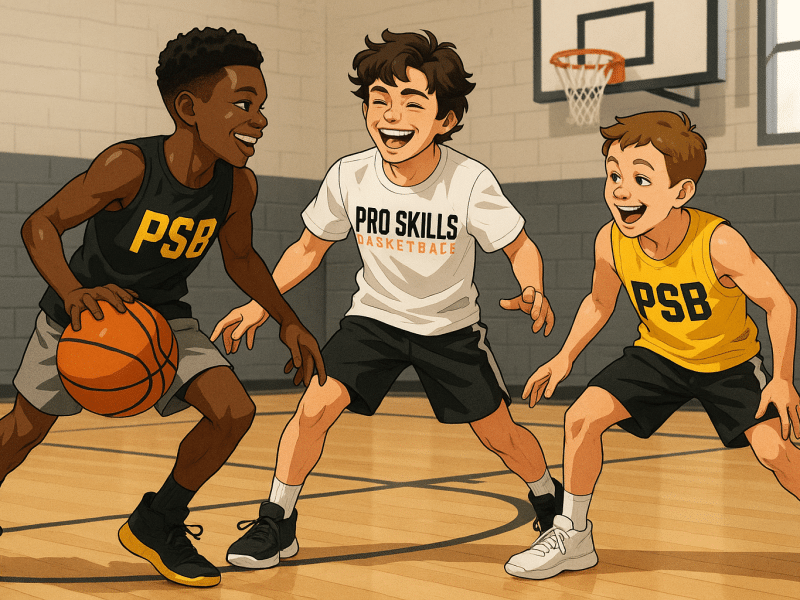
Why Burnout Happens in Youth Basketball
Youth basketball should be fun. But with early specialization, constant travel, and the pressure to always perform, it can easily become a source of stress—especially for younger players.
What begins as an exciting sport quickly turns into long weekends at tournaments, daily training sessions, and pressure to keep up. And when the fun disappears, so does the motivation.
Recognizing the Signs of Burnout
Burnout can be gradual, and often, it’s not dramatic. Here are a few common signs that a young player may be losing their spark:
-
Less excitement about going to practice
-
Complaints about fatigue or soreness
-
Slipping performance despite consistent effort
-
Frustration or emotional outbursts after games
-
A growing disinterest in basketball overall
If any of this sounds familiar, it might be time to rethink the approach and re-center basketball around enjoyment and balance.
Practical Ways to Keep Basketball Fun and Prevent Burnout
1. Prioritize Age-Appropriate Training
Young players benefit most from learning the fundamentals—dribbling, passing, footwork, and decision-making—within a setting that matches their developmental level. Overloading kids with advanced plays, nonstop scrimmages, or multiple games in a weekend may lead to fast fatigue and limited growth.
Keep practices simple, engaging, and scaled to where each child is physically and emotionally. The best development happens when the training meets the player where they are.
2. Incorporate Mini-Games and Play-Based Learning
One of the best ways to keep kids engaged is by making training feel more like play than work. Skill-building doesn’t have to be repetitive or rigid—it can be creative and fun.
Here are a few games that promote learning through play:
-
Dribble knockout
-
Basketball tag
-
1v1 with rules or challenges (e.g., weak-hand only)
-
Shooting relays
-
Passing races or partner drills
These small-sided activities keep players active and smiling while still reinforcing essential skills like spacing, timing, footwork, and ball control.
3. Balance Summer Basketball With Rest
Summer is a popular time for basketball, but too much of anything—even something great—can wear kids down. Skill development, open gym runs, or basketball camps can be valuable, but don’t overbook the schedule.
Make room for downtime, vacations, time with friends, or even days off the court entirely. The key is consistency, not constant intensity.
Simple Summer Tips to Avoid Burnout
Limit the number of games – Emphasize development and quality touches over quantity.
Keep workouts short and focused – Thirty to sixty minutes is enough to build skills if done with intention.
Play for fun, not just improvement – Pick-up games, driveway shooting, or playing HORSE with a friend keeps things light.
Explore other activities – Encourage kids to bike, swim, play another sport, or just relax. Cross-training supports long-term athleticism.
Watch basketball together – Whether it’s NBA, WNBA, or old highlights, watching the game can inspire and reconnect kids with the love of basketball.
What a Supportive Training Environment Looks Like
Whether you’re training on your own, working with a coach, or part of a team, the environment matters. Look for these key qualities:
✅ Coaches who teach, not just win
✅ Emphasis on player development over exposure
✅ Age-appropriate expectations
✅ Encouragement of effort, not just outcomes
✅ Flexibility to allow rest and recovery
It’s not about choosing the “best” team or program—it’s about finding a setting that prioritizes your child’s well-being, confidence, and growth on and off the court.
Final Thoughts: Keep the Joy in the Game
At the end of the day, youth basketball should be something players look forward to—not something that drains them. With thoughtful planning, creative workouts, and a supportive environment, kids can grow their love for the game while still building skills and staying active.
When basketball is fun, players stay in the game longer—and learn the life lessons that matter most.



